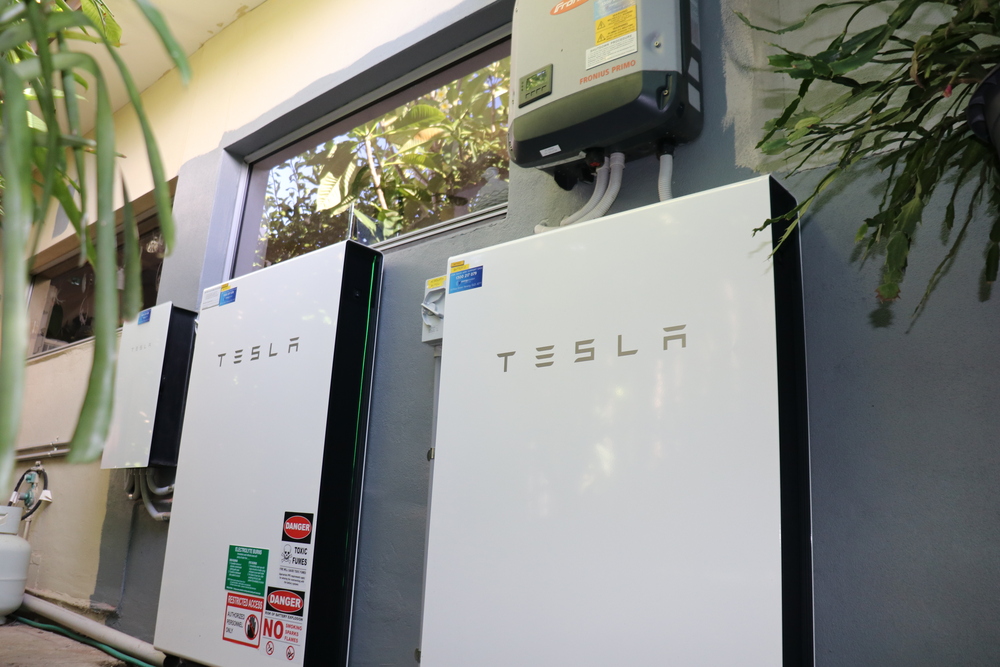As the demand for clean and sustainable energy grows, solar power has become a cornerstone of modern electrical power services. Whether you are searching for residential electrical power services near me or require commercial electrical power services for small businesses, the integration of solar farm services into existing electrical infrastructure is transforming how energy is generated, distributed, and consumed. This integration supports a wide range of services, including affordable electrical power services for home renovations, licensed electrical power services for industrial facilities, and sustainable electrical power services for eco-friendly homes.
Successful solar integration relies on a combination of advanced technologies and comprehensive electrical services such as substation design, testing & commissioning, high voltage operation and maintenance (O&M), power system analysis, high voltage testing, protection & control, and 3D digital substation designs. This article explores how these services work together to enable solar farms to connect seamlessly to the grid, enhancing reliability, efficiency, and sustainability across residential, commercial, and industrial sectors.
The Solar Farm Connection: From Panels to the Grid
Solar farms generate electricity through photovoltaic (PV) panels that produce direct current (DC) power. To integrate this power into the electrical grid, it must be converted into alternating current (AC) using inverters, which are critical components in solar farm services. These inverters adjust the voltage and frequency to match grid requirements, enabling the electricity to flow safely and efficiently into the transmission system268.
After conversion, transformers increase the voltage for long-distance transmission, feeding power into transmission lines that carry electricity to substations. Substations, designed with precision through modern substation design and enhanced by 3D digital substation designs, act as hubs that further transform and distribute electricity to homes, businesses, and industries26.
This process supports a variety of electrical power services, including reliable electrical power services for office buildings, electrical power services for property management companies, and certified electrical power services for construction projects. The integration of solar farms thus strengthens the overall grid while supporting diverse energy needs.
Ensuring Safety and Reliability Through Testing & Commissioning
Before solar-generated power can be fully integrated, rigorous testing & commissioning procedures validate the performance and safety of all components-from inverters and transformers to protective relays and control systems. This is essential for providing emergency electrical power services 24/7 availability, ensuring backup systems like electrical power services for backup generator installation function seamlessly during outages.
Testing and commissioning also underpin licensed electrical power services for industrial facilities and electrical power services for factory equipment maintenance, where uninterrupted power is critical. These processes confirm that solar farm equipment meets regulatory standards and operates reliably under various grid conditions.
High Voltage O&M and Power System Analysis for Optimal Performance
Solar farms operate at high voltages, requiring specialized high voltage operation and maintenance (O&M) to sustain performance and safety. Regular inspections and maintenance prevent equipment failures that could disrupt power supply to residential customers seeking residential electrical power services near me or small businesses relying on commercial electrical power services for small businesses.
Complementing maintenance, power system analysis evaluates load flows, fault conditions, and grid stability. This analysis supports electrical power services for energy efficiency audits by identifying opportunities to optimize energy use and reduce costs. It also ensures that solar integration enhances grid resilience without compromising reliability59.
Advanced Protection & Control for Grid Stability
Integrating solar farms introduces variability due to weather-dependent generation. To manage this, sophisticated protection & control systems are implemented, which isolate faults and regulate power flow to maintain grid stability. These systems are essential for supporting custom electrical power services for smart homes, where dynamic energy management is crucial.
Protection and control also facilitate electrical power services for EV charging station setup, ensuring that increased electrical loads from electric vehicles do not destabilize the grid. This is particularly important as EV adoption grows alongside solar energy deployment.
Leveraging 3D Digital Substation Designs for Efficient Integration
Modern solar farm projects benefit from 3D digital substation designs, which provide detailed visualizations and simulations of substation layouts. This technology reduces construction risks, improves coordination among stakeholders, and accelerates project timelines.
These digital designs enhance the delivery of affordable electrical power services for home renovations and certified electrical power services for construction projects by ensuring that new solar infrastructure integrates seamlessly with existing electrical systems.
Supporting Sustainable and Diverse Energy Needs
Solar farm integration aligns with the increasing demand for sustainable electrical power services for eco-friendly homes by providing clean, renewable energy that reduces carbon footprints. It also complements traditional power sources, enabling utilities to balance supply and demand effectively.
For property managers, solar integration supports electrical power services for property management companies by lowering energy costs and enhancing sustainability credentials. Additionally, solar farms contribute to grid resilience, supporting emergency electrical power services 24/7 availability during extreme weather or grid disturbances.
Conclusion
Integrating solar farm services into modern electrical power systems is a multifaceted process that requires advanced engineering, rigorous testing, and ongoing maintenance. From the initial conversion of solar energy through inverters to the distribution of electricity via substations designed with 3D digital substation designs, every step is critical to delivering reliable, efficient, and sustainable power.









